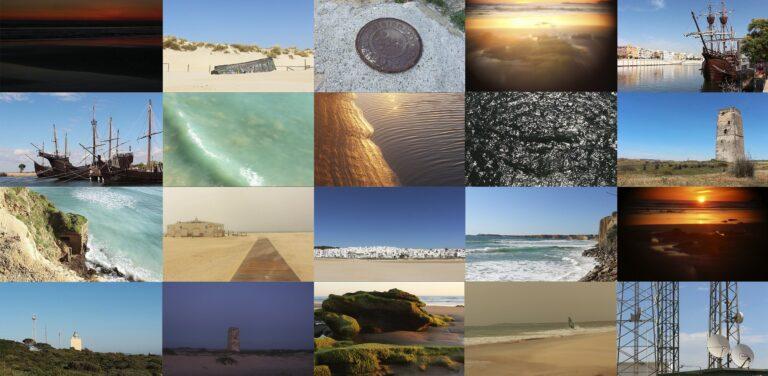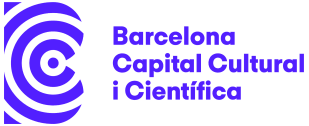'Artist talk'
June 12th
Artist talk / Atlantis: Cables, bunkers, ruins and myth in the ocean floor

- Abstract: Installed in the year 2000, Atlantis-2 was the first submarine fiber optic cable to create a direct internet connection between Europe and South America. One of its seven landing sites is located in an underground bunker in Conil, a small coastal town in the Atlantic coast of southern Spain, built in 1970 for the TAT-5/MAT-1 telephone cable that connected the Mediterranean to the United States during the Cold War. Next to the bunker’s main entrance there is a commemorative bronze plaque featuring a relief of the Italian, Portuguese, Spanish, and United States flags connected by a meandering cable. In the background, there is yet another relief that shows three ships with crosses on their sails navigating through the Ocean, most likely referring to the three caravels used by Christopher Columbus when he first sailed to America: La Pinta, La Niña, and La Santa María. The image inserts submarine cables into a genealogy that originates at the European colonization of America, establishing a historical relation between colonial and digital transatlantic infrastructures.
Taking this image as a starting point, I am currently working on a video essay entitled “Atlantis”, which proposes a speculative myth around the internet’s material infrastructure, based on an ethnographic, archival, and creative research into the landing station of the Atlantis-2 submarine cable in the south of Spain. Starting with a contemporary interpretation of the myths around the lost city of Atlantis and its relation to oceanic technology, this video essay will weave and interpret a network of historical, material, and semiotic relations emerging from the Atlantis-2 undersea cable, seeking to shed light on the entanglements between coloniality, the internet’s material infrastructure, submarine ruins, and mythology.
- Biography: Juan Pablo Pacheco Bejarano (Bogotá, 1991) is a visual artist and writer whose research investigates the historical and material intersections between technology and the biosphere. Through texts, videos, and web projects, his research explores the territorial dimensions of the technosphere and the material and poetic relationships between water and the internet. He has also produced transdisciplinary and collaborative laboratories, which seek to foster the critical appropriation of diverse technologies. He is a professor in the Department of Visual Arts at the Universidad Javeriana (Colombia), and has been a programming coordinador at Plataforma Bogotá, laboratory for art, science and technology, and at Espacio Odeón, a contemporary art space. His texts and works have been disseminated and developed in Colombia, the United States, Spain, Denmark, Germany, the Netherlands, Belgium, Russia, China, Senegal, Mexico and Uruguay.
Venue
- MACBA - Convent dels Àngels
Plaça dels Àngels, 5, Barcelona
⟵ Return to 'Artist talk'





